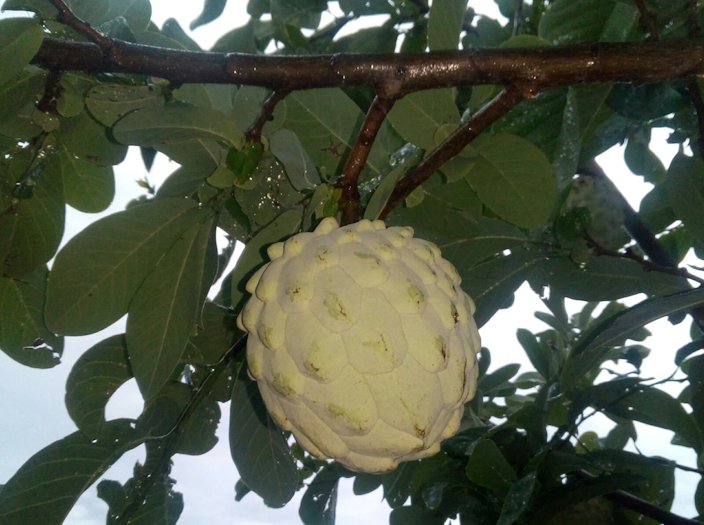When it comes to exotic fruits, few trees capture attention like the Ilama tree. Native to Central America, this rare tropical fruit tree is gaining popularity among fruit lovers and gardeners in the United States. With its sweet, custard-like fruit and beautiful foliage, the Ilama is more than just a tree—it’s an experience.
What is an Ilama Tree?
The Ilama (Annona diversifolia) belongs to the same family as the cherimoya and soursop. It thrives in warm climates and is known for its unique pink or green-skinned fruit with soft, juicy flesh. The taste is often described as a blend of strawberry, banana, and custard—making it a favorite among tropical fruit enthusiasts.
The tree itself is small to medium-sized, making it ideal for home gardens. It grows best in USDA zones 10–11, making it well-suited for states like Florida, California, and parts of Texas. With proper care, it can bear fruit in as little as 3–4 years.
Health Benefits of Ilama Fruit
Not only is Ilama fruit delicious, but it’s also packed with nutrients. It is:
- Rich in antioxidants, which help fight free radicals and reduce inflammation.
- A good source of vitamin C, boosting the immune system.
- High in fiber, promoting digestive health.
- Low in fat and cholesterol, making it a heart-healthy choice.
As more Americans become health-conscious, adding exotic fruits like Ilama to the diet is a tasty way to enjoy natural nutrition.
Why Grow an Ilama Tree?
If you’re looking to diversify your garden or orchard, the Ilama tree is an excellent choice. Here’s why:
- Unique Appeal: It’s not something you’ll find in every grocery store. Growing your own makes you one of the few to enjoy this rare treat.
- High Demand: Ilama fruit is in growing demand at local markets and among exotic fruit collectors.
- Easy Maintenance: With the right climate and care, the Ilama tree is relatively low-maintenance.
- Pollination Friendly: These trees are insect-pollinated, attracting bees and other pollinators to your garden.
If you’re ready to add something truly unique to your landscape, you can buy Ilama tree online and have it shipped right to your doorstep.
Best Practices for Growing Ilama in the USA
To grow Ilama successfully in the United States, consider the following tips:
- Climate: Ensure the temperature stays above 50°F, especially in winter.
- Soil: Well-drained, slightly acidic soil works best.
- Watering: Keep the soil consistently moist but not waterlogged.
- Sunlight: Ilama trees thrive in full sunlight. Aim for at least 6 hours of sun daily.
- Fertilizer: Use a balanced, organic fertilizer to promote growth and fruit production.
Starting with a healthy, grafted plant from a trusted source can make a huge difference. At GabrielFruitsFarm.com, we provide carefully nurtured Ilama trees that are ready to flourish in the right environment.
Who Should Consider Buying an Ilama Tree?
- Home Gardeners: If you enjoy growing your own food, Ilama is a perfect addition to your tropical collection.
- Small Farmers & Orchard Owners: Those looking to offer rare, high-value fruits at farmer’s markets.
- Tropical Plant Enthusiasts: Collectors who appreciate rare and exotic flora.
- Health-Conscious Consumers: Anyone seeking unique, nutritious, home-grown fruit.
Final Thoughts
The Ilama tree isn’t just a plant—it’s a conversation starter, a health booster, and a sweet reward for the patient grower. Whether you’re a seasoned gardener or just starting out, bringing this Central American gem to your backyard can elevate your garden’s appeal and nutritional offerings.
With rising interest in exotic fruits and sustainable gardening, now is the perfect time to buy Ilama tree online and join a growing community of tropical fruit lovers in the USA.

































